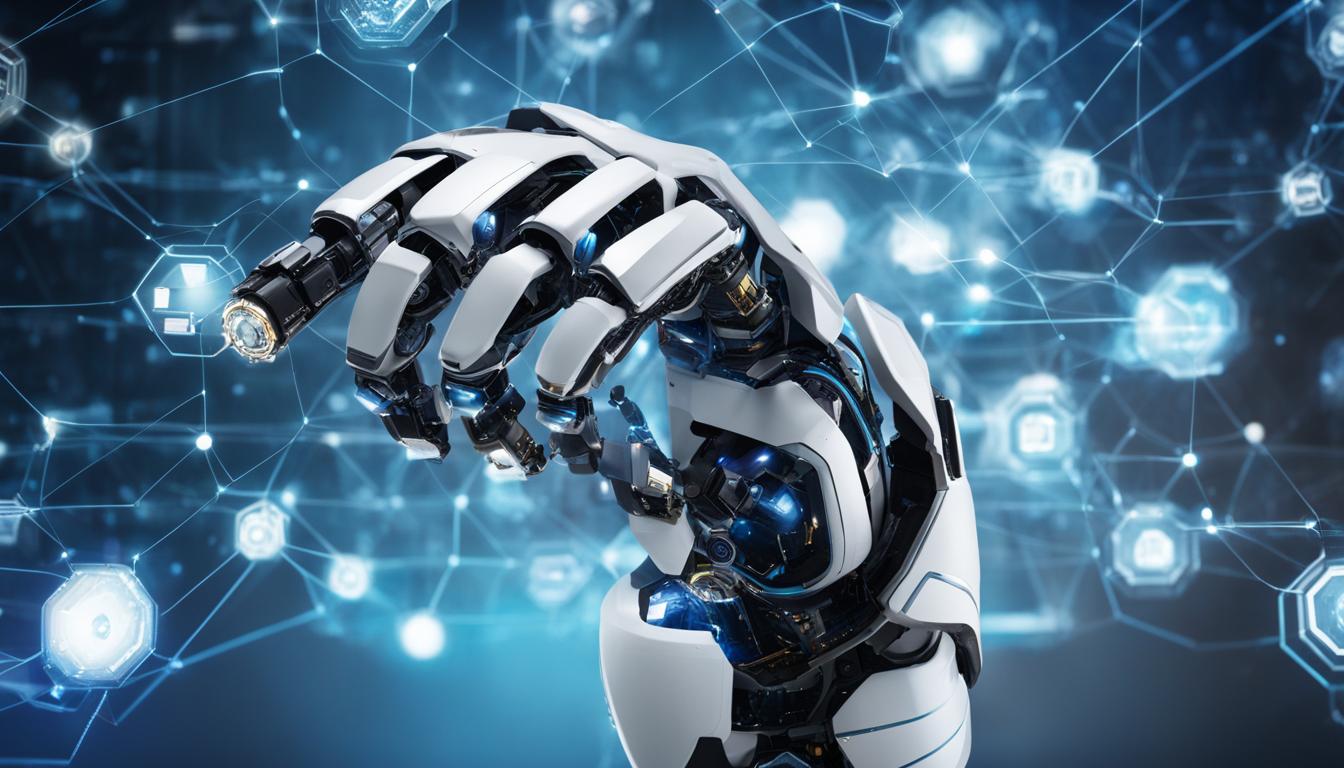Were you aware that in 2023, more than 240,000 employees in the technology sector have been laid off as a result of AI and automation advancements?
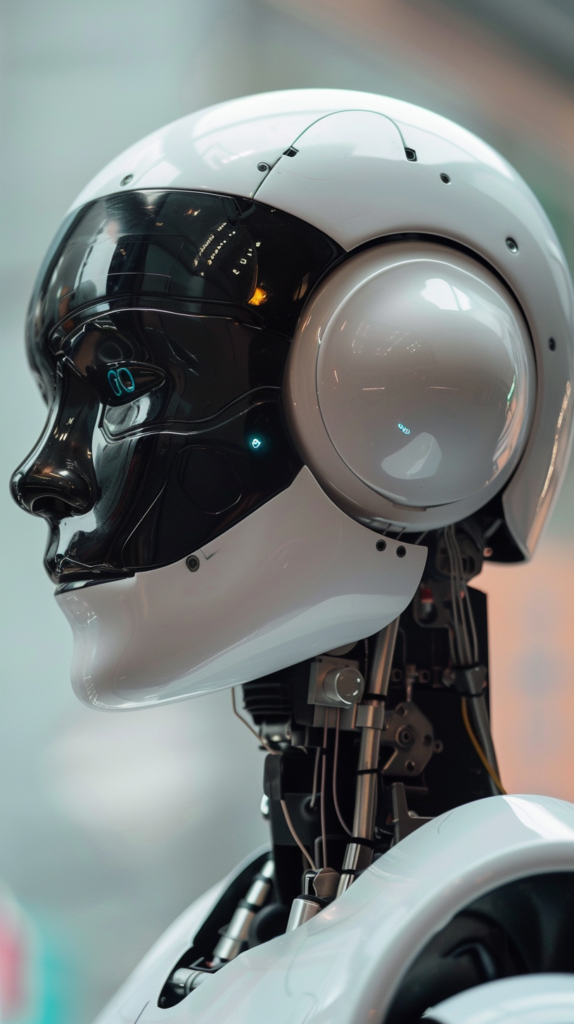
The impact of artificial intelligence (AI) on the job market, particularly within the tech industry, has been significant, leading to a notable number of layoffs as companies restructure to integrate AI technologies and cut costs. In 2024, the tech sector witnessed over 32,000 layoffs, with AI and cost-cutting cited as the primary reasons behind these job cuts. This represents a 136% increase in tech firings compared to the previous period.
Artificial Intelligence (AI) is rapidly transforming the global workforce, significantly impacting employment across various industries. Companies increasingly use AI technologies to enhance efficiency, reduce costs, and drive innovation. Unfortunately, this shift has also resulted in the displacement of human workers and job losses.
While it’s challenging to determine the exact number of AI-induced job layoffs, recent data from various sources provides valuable insights into this growing trend. Companies like United Parcel Service Inc. (UPS) and BlackRock Inc. have explicitly acknowledged the role of AI in their recent layoffs, and many other organizations are quietly reducing their headcounts without making public announcements.
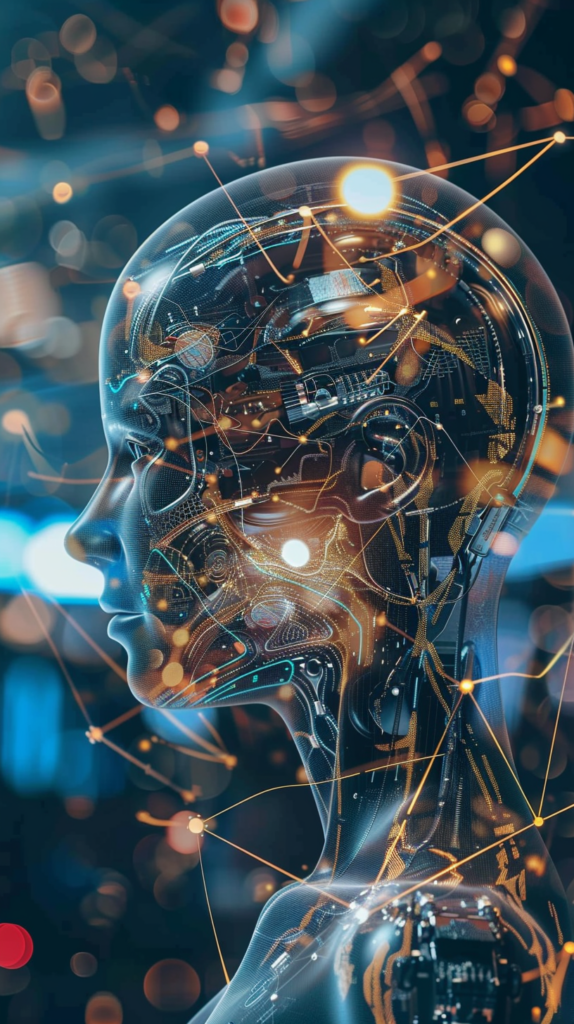
In 2023, the tech industry saw 212,294 workers laid off, surpassing the 164,709 layoffs recorded in 2022. These layoffs have occurred across various sectors, not limited to tech, as companies like Vroom and Duolingo also announced job cuts to focus more on AI-driven businesses. For instance, Vroom announced it would axe about 800 jobs as it plans to focus on automotive financing and AI services.
This article will explore the statistics, trends, and challenges surrounding AI-induced job losses. We will also examine real-world examples of companies that have implemented AI and subsequently experienced workforce reductions. Furthermore, we will discuss the human impact of these layoffs and the future implications of AI in the workforce.
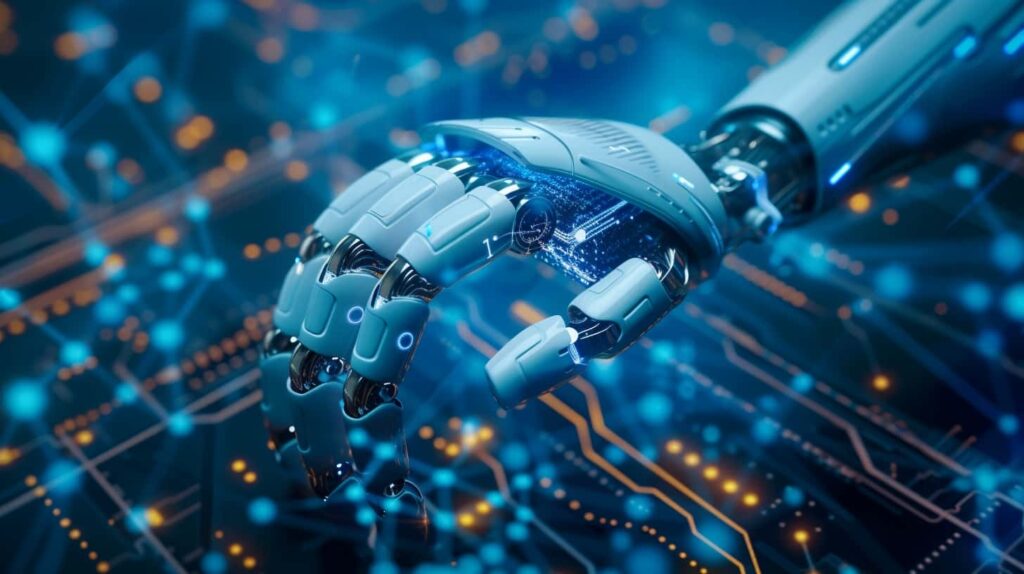
A survey published by US firm Challenger Gray highlighted that AI transformation became a significant factor behind job cuts, with 4,628 layoffs attributed to AI since May 2023, when the firm began tracking this reason.
The transition towards AI and machine learning in various industries reshapes the job landscape, leading to layoffs in some areas and creating new opportunities in others.
Despite the layoffs, the demand for AI and machine learning skills is soaring, with 33,727 job openings in January
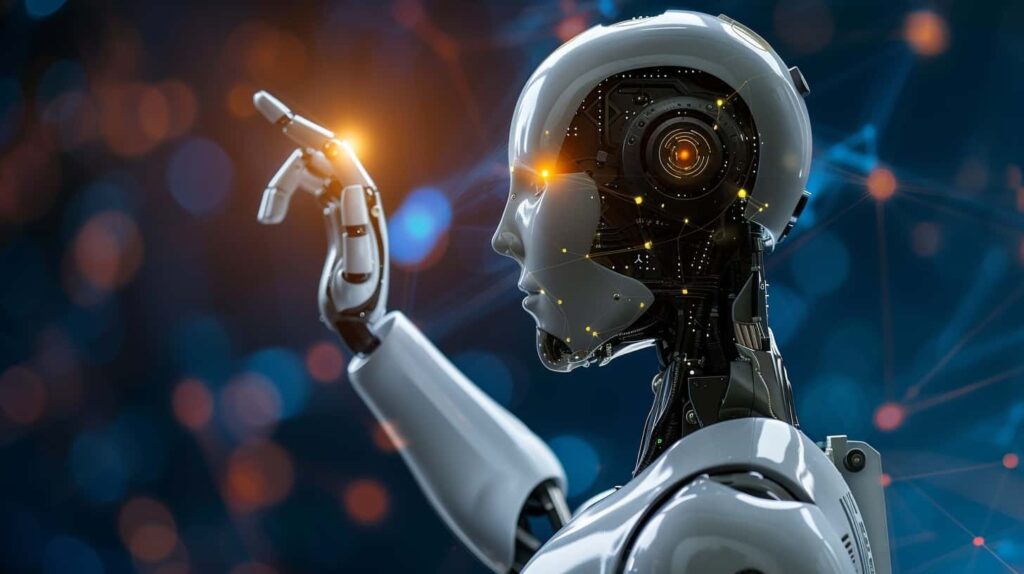
2024 alone, marking the highest monthly growth in a year. This indicates a shift in the job market towards more AI-centric roles, even as some positions are being eliminated.
Overall, the transition towards AI and machine learning in various industries is reshaping the job landscape, leading to layoffs in some areas and creating new opportunities in others.
Key Takeaways:
- AI has already led to significant job losses, particularly in the tech industry.
- Companies like UPS and BlackRock have acknowledged the role of AI in their recent layoffs.
- Estimating the exact number of AI-induced job losses is challenging, as many companies prefer to keep them under the radar.
- AI-related job cuts are not limited to tech companies; various sectors are also reducing their workforces.
- The future of work will be shaped by the integration of AI technologies, leading to job displacement and the creation of new roles.
UPS and AI-Enabled Layoffs

United Parcel Service Inc., or UPS, has recently undergone its largest layoffs in its 116-year history. According to UPS CEO Carol Tomé, these layoffs were made possible, in part, by new technologies such as artificial intelligence. Specifically, machine learning technology has allowed salespeople at UPS to put together proposals without needing guidance from pricing experts. UPS has clarified that AI is not directly replacing workers, but it is contributing to the company’s restructuring efforts and job cuts.
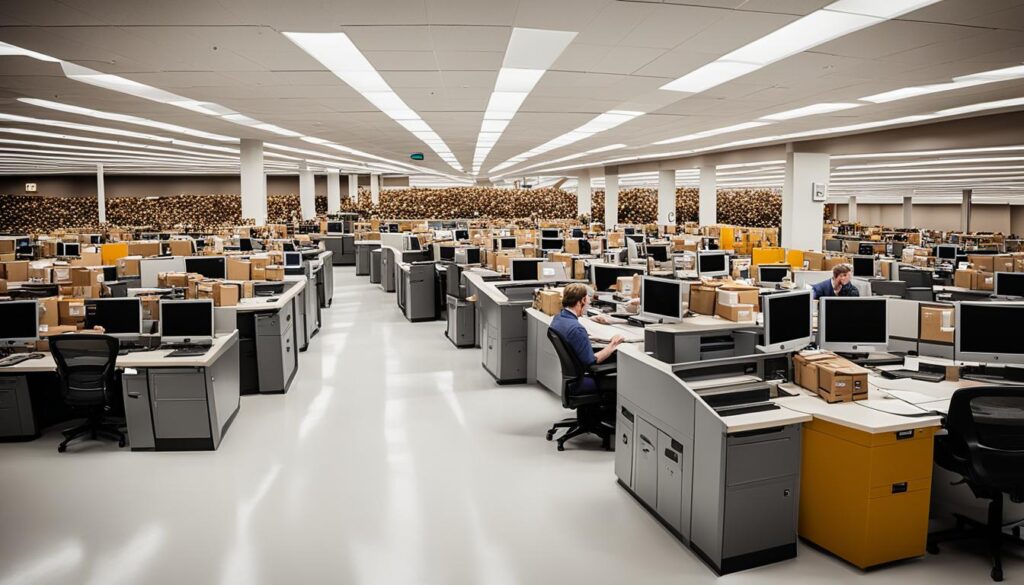
Implementing AI technology has enabled UPS to streamline its operations and improve efficiency. By automating certain tasks, UPS can reduce the number of employees required and optimize its workforce. This restructuring aligns with UPS’s goal of adapting to the changing landscape of the logistics industry and remaining competitive.
Impact on the UPS Workforce
The integration of AI technology at UPS has undoubtedly influenced the company’s workforce. While AI is not directly replacing employees, it has prompted a reduction in staff through the restructuring process. This shift is a strategic move by UPS to harness the benefits of AI and position the company for long-term success in a rapidly evolving industry.
Acknowledging the potential challenges and concerns stemming from AI-induced layoffs is essential. The affected employees may face uncertainties about their future and the need to acquire new skills to remain relevant in the job market. UPS has emphasized its commitment to supporting its employees throughout this transition by providing resources for upskilling and retraining.
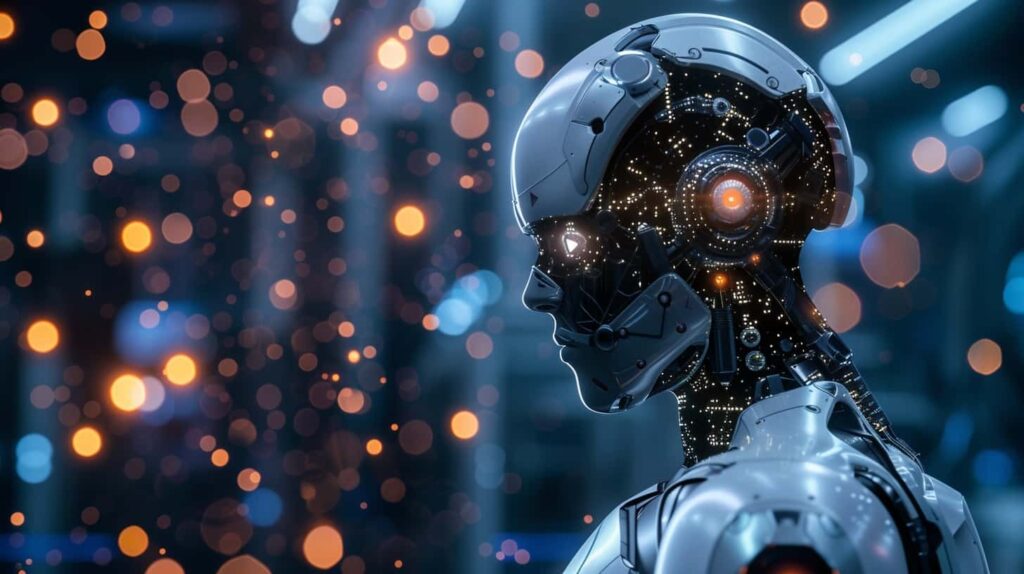
Upskilling and retraining initiatives
UPS recognizes the importance of equipping its workforce with the necessary skills to adapt to technological advancements. The company offers various upskilling and retraining programs to help employees navigate the changing job landscape. By fostering a culture of continuous learning and development, UPS aims to empower its employees to thrive in the age of AI.
Through partnerships with educational institutions and industry organizations, UPS provides access to training programs focused on AI-related skills. These initiatives aim to enhance employees’ capabilities and expand their opportunities within the company or in other sectors.
At UPS, we believe that investing in our people is crucial for success. As we embrace AI and other emerging technologies, we are committed to supporting our employees in acquiring the skills needed for the jobs of the future.
By prioritizing its workforce’s professional growth and development, UPS aims to mitigate the potential negative consequences of AI-enabled layoffs and ensure a smooth transition for its employees.
BlackRock and the Influence of AI
BlackRock Inc., one of the world’s largest asset managers, recently announced job cuts affecting approximately 600 employees. In a company memo, BlackRock’s CEO and President acknowledged the impact of industry shifts and the transformative power of new technologies, including AI.
Although BlackRock did not explicitly state that AI was the reason for the job cuts, the mention of the impact of new technologies suggests that AI may have played a role in the company’s restructuring efforts.
The integration of AI technology has the potential to bring significant advancements, but it also poses challenges and implications for the workforce. As BlackRock and other companies navigate this transformative era, it is essential to consider the impact of AI on employment and ensure support for affected workers.

The Future of BlackRock and AI
BlackRock’s acknowledgment of the influence of AI reflects the growing interest and adoption of this technology across various industries. As AI evolves, asset managers like BlackRock may explore its potential applications to enhance investment strategies, streamline operations, and improve client experiences.
Investments in AI and Reskilling Initiatives
While AI may lead to job cuts in certain areas, it can also create new opportunities and reshape job roles. Companies like BlackRock recognize the importance of equipping their workforce with the skills needed to adapt to the changing landscape. Investing in reskilling initiatives can help employees navigate the digital transformation and embrace new roles that align with the evolving needs of the industry.
By harnessing the full potential of AI and reskilling our workforce, we can pave the way for a more innovative and agile future.”
Embracing the Transformative Power of AI
As AI continues to disrupt industries, companies like BlackRock must embrace the transformative power of this technology to stay competitive and deliver value to their clients. This entails exploring new opportunities, fostering a culture of innovation, and finding the right balance between automation and human expertise.

The Way Forward
The integration of AI in asset management has the potential to drive efficiency, improve decision-making processes, and unlock new possibilities. However, it is crucial to approach AI implementation thoughtfully, ensuring ethical considerations, transparency, and a clear understanding of its impact on the workforce. By doing so, companies like BlackRock can harness the benefits of AI while navigating the challenges and opportunities it presents.
Challenges in Estimating AI-Induced Job Losses
Accurate measurement is a significant challenge when it comes to estimating the true extent of AI-induced job losses. According to Andrew Challenger, Senior Vice President of outplacement firm Challenger, Gray & Christmas Inc., the publicly announced numbers regarding AI-related job cuts may be significantly underestimated. This is because many companies prefer to keep their AI-related job cuts under the radar, avoiding negative publicity.
Challenger suggests that the actual number of jobs being cut due to AI is likely higher than what is being reported in the media. Without full transparency, obtaining an accurate picture of AI-related layoffs becomes difficult.
“The publicly announced numbers are likely an undercount, as these job cuts are often quietly carried out, without much fanfare.”
In many cases, companies choose not to explicitly tie their job cuts to AI, making it even more challenging to track and measure the impact accurately. This lack of transparency makes it difficult to assess the true extent of AI-induced job losses and hinders our ability to develop comprehensive strategies to address the consequences.
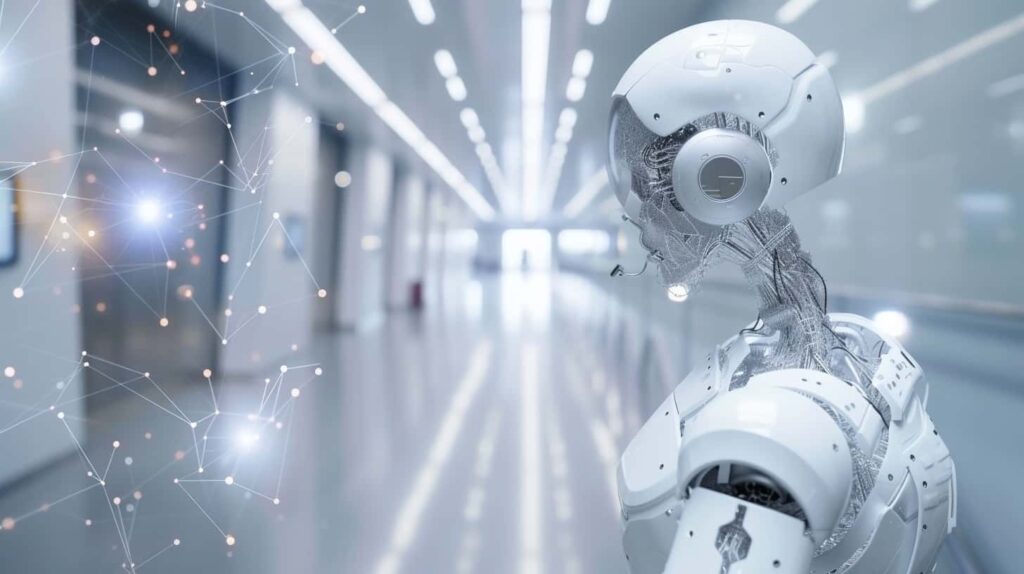
Obstacles in Measuring AI Job Cuts
There are several reasons why accurately measuring AI job cuts is a formidable task:
- Companies’ reluctance to disclose AI-related layoffs
- The absence of standardized reporting mechanisms
- Varying degrees of AI integration in different industries
- Challenges in distinguishing between job cuts caused by AI and other factors
These factors contribute to the difficulty in getting a precise count of the number of jobs being eliminated due to AI.
The Need for an Accurate Picture of AI-Related Layoffs
Understanding AI-induced job losses accurately is crucial for developing effective policies and programs that mitigate the negative impact on workers. Without a comprehensive assessment of AI-related layoffs, we risk overlooking the true extent of the workforce displacement caused by AI technology.
By accounting for the full scope of AI-related job cuts, policymakers, businesses, and educators can better prepare for the unfolding changes in the job market. This awareness enables us to develop proactive strategies to upskill and reskill workers, foster job creation in emerging fields, and support individuals affected by AI-induced layoffs.
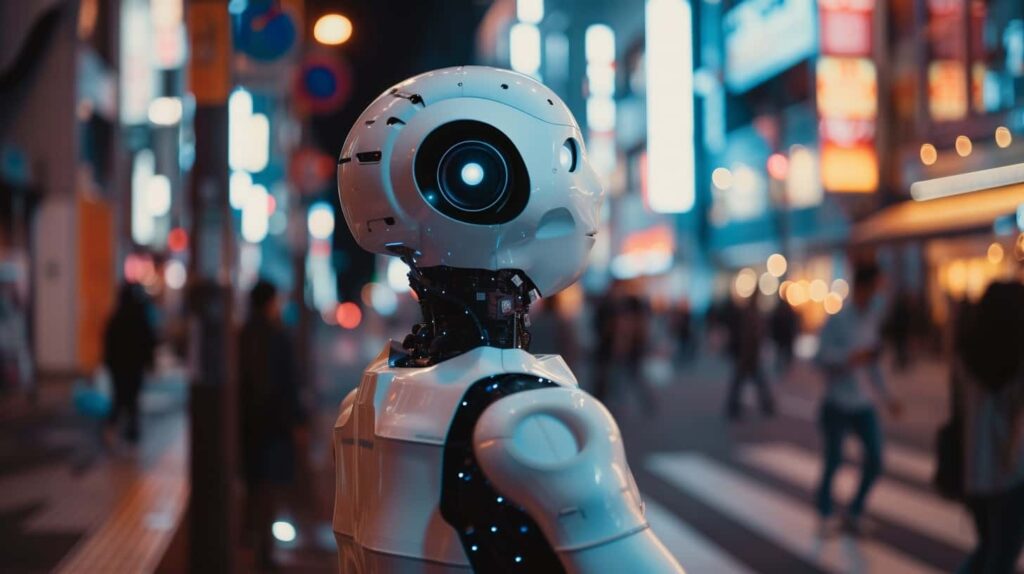
The accurate measurement and understanding of AI-induced job losses are essential for navigating the future of work and ensuring that we create a workforce that remains resilient, adaptable, and future-proof.
Examples of AI-Driven Job Cuts
While not all companies explicitly tie AI to job cuts, there have been instances where AI is directly linked to layoffs. For example, IBM announced a pause in hiring roles that they believe can soon be replaced by AI. Homework help site Chegg and programmer help site Stack Overflow have also cut staff after their businesses were directly undermined by AI products. These examples highlight how AI can lead to job displacement in various industries.
Quietly Reducing Headcount
Many companies take a discreet approach when it comes to job cuts caused by AI, preferring to quietly reduce their headcounts without making public announcements. This practice allows them to avoid negative public scrutiny and potential backlash. Instead of making big proclamations about AI-induced layoffs, organizations opt for a more subtle strategy by gradually reducing their workforce.
Johnny Taylor, CEO of the Society for Human Resource Management, acknowledges this trend and suggests that many job cuts will happen silently. Companies like IBM and others choose to downsize without drawing attention to the role of AI in these decisions. Through this quiet headcount reduction, organizations strive to become leaner and more efficient without triggering public speculation.

By silently reducing headcount, companies can navigate the complexities of AI-driven layoffs while minimizing disruption and maintaining a sense of stability within their workforce. This discreet approach allows them to focus on strategic restructuring efforts and ensures a smoother transition for affected employees.

| Benefits of Quiet Job Cuts | Considerations for Discreet Layoffs |
|---|---|
|
|
While organizations may choose to keep their AI-induced layoffs discreet, it is essential to consider the potential implications for affected employees. Adequate support and communication can help minimize the negative impact and ensure a smoother transition during these challenging times.
Tech Industry Layoffs
In the tech industry, the impact of AI on the workforce has been significant, resulting in job cuts and layoffs. Companies like Chegg and Dropbox have directly experienced the consequences of AI technology, leading to staff reductions. While not all tech companies explicitly state the connection between AI and job cuts, there is a growing trend of companies focusing on AI and automation, ultimately leading to workforce reductions in certain areas.
“AI technology has had a profound effect on the tech industry, transforming the way businesses operate and making some jobs redundant.” Thorsten Meyer
As AI continues to advance, tech companies are reassessing their operations and investing more in AI integration to drive efficiency and innovation. While these changes may result in short-term job losses, experts suggest that AI also has the potential to create new job roles and enhance existing ones. It is essential for companies to navigate this transition responsibly, considering the human impact of AI-induced layoffs and providing support for affected workers.
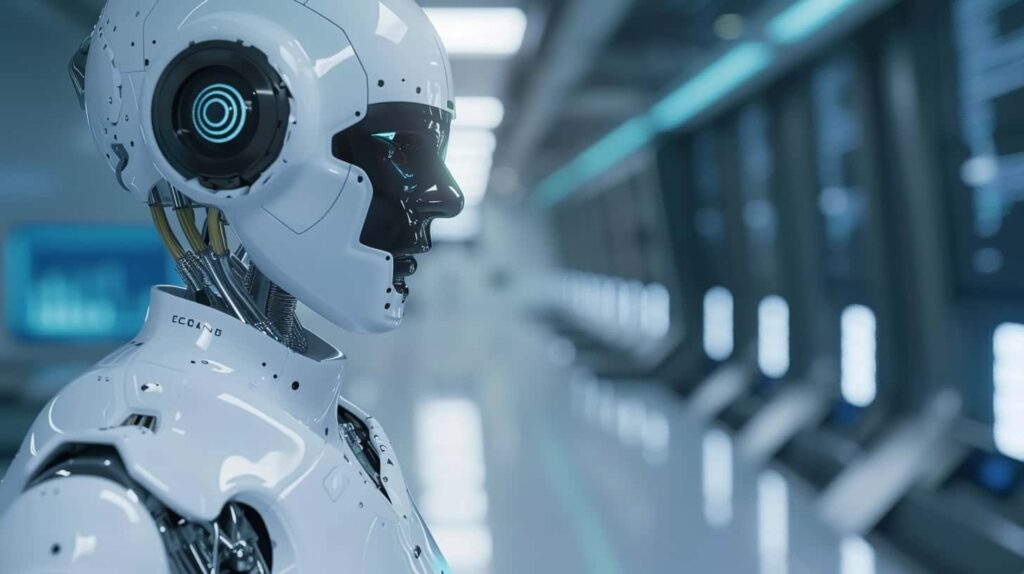
The Future of AI in the Tech Industry
Looking ahead, the role of AI in the tech industry is expected to expand even further. With companies prioritizing investments in AI technologies for increased efficiency and competitiveness, it’s likely that the trend of job cuts related to AI will continue. However, it is essential to consider the broader implications of AI on employment and the workforce. While some jobs may be replaced by AI, the adoption of AI technologies also opens up opportunities for new roles that require human skills, creativity, and expertise.
The Importance of Skills Development
As the tech industry evolves, workers need to adapt and acquire new skills to stay relevant in an AI-driven workforce. Upskilling and reskilling programs play a crucial role in equipping individuals with the abilities needed to thrive in the changing job landscape. Employers also have a responsibility to support their workforce through these transitions by providing training and development opportunities.

While AI-induced job cuts in the tech industry are a reality, it is essential to view AI as a tool that can augment human capabilities rather than replace them entirely. The successful integration of AI and human expertise will shape the future of work, leading to more efficient and innovative business practices.
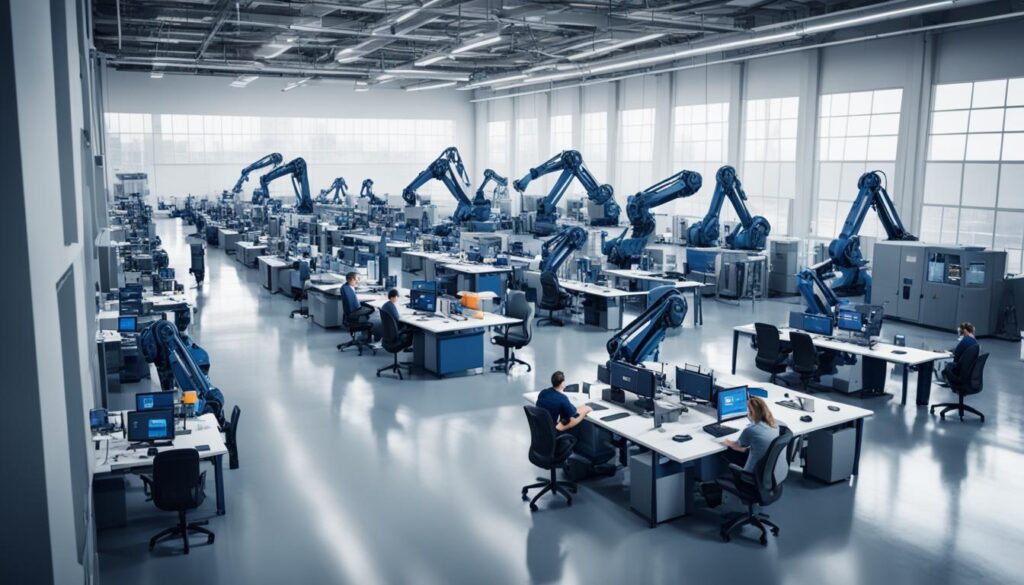
| Tech Company | AI-Related Job Cuts | Industry Impact |
|---|---|---|
| Chegg | Reduction in staff following business disruption by AI products | Education |
| Dropbox | Workforce reductions due to the integration of automated AI systems | Cloud storage |
| IBM | Pause in hiring roles that can soon be replaced by AI | Technology services |
| Allstate Corp. | Recognition of AI’s transformative impact on work, particularly in learning and development | Insurance |
The Impact of AI Layoffs in Tech
tech layoffs statistics, job cuts in the tech industry, impact of AI on tech employment
The tech industry has experienced a significant impact from AI-driven layoffs. In 2023 alone, there have been over 240,000 job cuts, marking a 50% increase compared to the previous year. These layoffs have been initiated by major tech players such as Google, Amazon, Microsoft, Yahoo, and Meta.
While there have been periods of slower tech layoffs, the trend of job cuts in the industry continues. This reflects a shift in focus from growth to efficiency, as tech companies increasingly invest in AI technologies to streamline operations.
| Year | Number of Layoffs |
|---|---|
| 2022 | 160,000 |
| 2023 | 240,000 |
This rise in tech layoffs demonstrates the transformative power of AI and its impact on employment in the tech industry. As companies prioritize efficiency and innovation through AI integration, job cuts remain a prevalent trend.
AI and Layoffs Beyond Tech
AI-driven job cuts are not limited to the tech industry. Companies across different sectors, such as SAP and Vroom, are also making reductions in their workforces as they shift their focus to AI-enabled businesses. These layoffs are part of a larger trend of companies reevaluating their operations and investing more in AI technology to drive efficiency and innovation.
| Company | Sector | Job Cuts |
|---|---|---|
| SAP | Business Software | Approximately 2,200 jobs |
| Vroom | E-commerce | Up to 800 jobs |
| [Company Name] | [Industry] | [Number of jobs] |
| [Company Name] | [Industry] | [Number of jobs] |
These layoffs are part of a strategic effort to adapt to the changing business landscape and embrace AI technologies. Companies are recognizing the potential of AI to streamline processes, improve decision-making, and increase overall operational efficiency. As a result, they are reshaping their workforce to align with the demands of AI-enabled industries.
“We have made the difficult decision to streamline our operations and realign resources to drive innovation. This includes a reduction of our workforce as we focus on AI-enabled solutions.”
– Unnamed Company Spokesperson
The impact of AI in non-tech sectors goes beyond job cuts. It also presents opportunities for employees to learn new skills and adapt to the changing landscape. Companies are investing in upskilling programs and providing resources for employees to develop expertise in AI-related fields. This proactive approach aims to mitigate the negative consequences of job displacement and ensure the long-term employability of their workforce.
As AI continues to advance, it is essential for companies in non-tech sectors to embrace this technology and its potential benefits. By strategically integrating AI into their operations, companies can unlock new opportunities for growth and innovation while ensuring a sustainable workforce that can thrive in the AI-driven economy of the future.

Outlook for AI-Induced Job Losses
As we look to the future, industry experts predict that the trend of AI-induced job losses will continue. Tech companies like Google are actively prioritizing investments in AI, reallocating resources from non-strategic areas. This strategic shift exemplifies the broader transformation taking place within the tech industry and beyond, where AI is expected to play a significant role in reshaping workforces and driving operational efficiencies.
However, it’s important to note that the impact of AI on employment is multi-faceted. While some jobs may be replaced by AI technologies, others could be enhanced, and entirely new roles may be created. The dynamic nature of this transition requires careful consideration and adaptive strategies to effectively manage the evolving workforce landscape.
Predictions for AI Job Cuts
“The future of employment will undoubtedly be influenced by the proliferation of AI technologies. While job losses are inevitable in some areas, we anticipate that the full potential of AI will also unlock new opportunities and create demand for novel skill sets.” – Thorsten Meyer, Industry Expert
To navigate this changing landscape, businesses must prepare for the future by fostering a culture of continuous learning and adaptability. Upskilling employees and developing complementary human-machine work environments will be crucial to maximizing the benefits of AI while mitigating potential workforce challenges.

Impact of AI on Employment in the Future
While AI-induced job cuts may be a reality, it is equally important to recognize that advancements in AI technology have the potential to revolutionize and optimize various industries. By automating repetitive and mundane tasks, AI can free up human talent to focus on higher-level decision-making, creativity, and innovation.
By embracing AI as a tool rather than a threat, companies can unlock new possibilities and harness the full potential of human and machine collaboration. It is through this integration that we can create a future where AI enhances productivity, drives economic growth, and improves the overall quality of work.
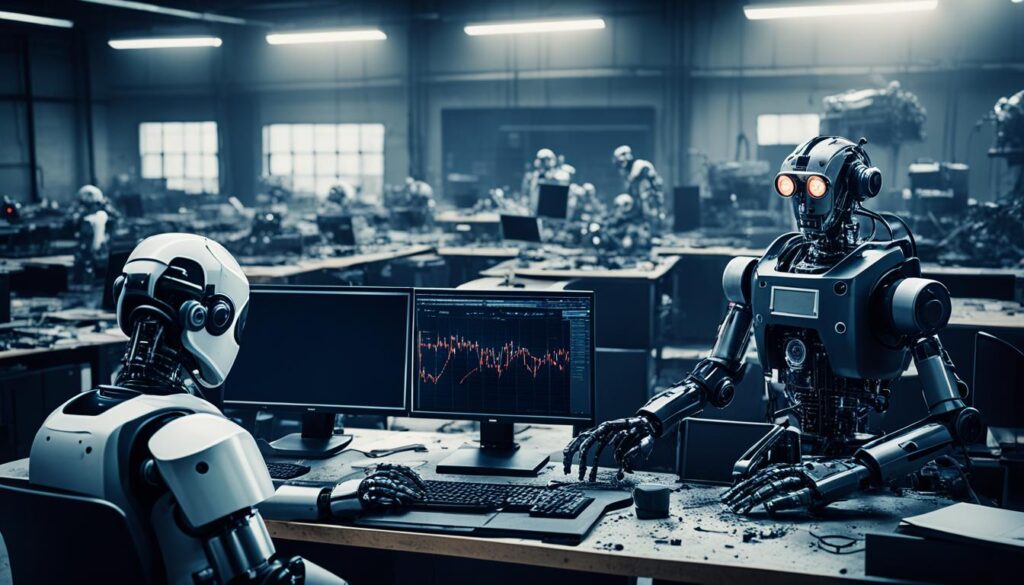
| AI Impact | Probability |
|---|---|
| Job Displacement | High |
| Job Enhancement | Moderate |
| New Job Creation | High |
| Skills Transformation | Moderate |
The Human Impact of AI Layoffs
AI-induced layoffs have a profound effect on workers and their livelihoods. While companies may highlight the potential benefits of AI in making people more effective and efficient, the reality is that jobs are being eliminated due to AI.
The transition can be challenging for individuals who may face job insecurity and the need to adapt to new roles or acquire new skills.
It is essential to consider the human impact of AI-related job cuts and provide support for affected workers.
“The transition is incredibly difficult when there’s job loss involved. Being laid off can feel like a personal failure, and it adds stress and anxiety to our lives. It’s important for companies to recognize the impact their decisions have on people’s lives and provide assistance to those who are affected by AI-induced layoffs.”
Job loss due to AI technology can lead to financial strain, emotional distress, and a sense of identity loss for workers. It can disrupt career trajectories and force individuals to reimagine their professional futures.
Companies that implement AI technology should be proactive in assisting displaced workers through retraining programs, career counseling, and opportunities for upskilling. By investing in the well-being and future employability of their workforce, companies can mitigate the negative repercussions of AI-induced layoffs.
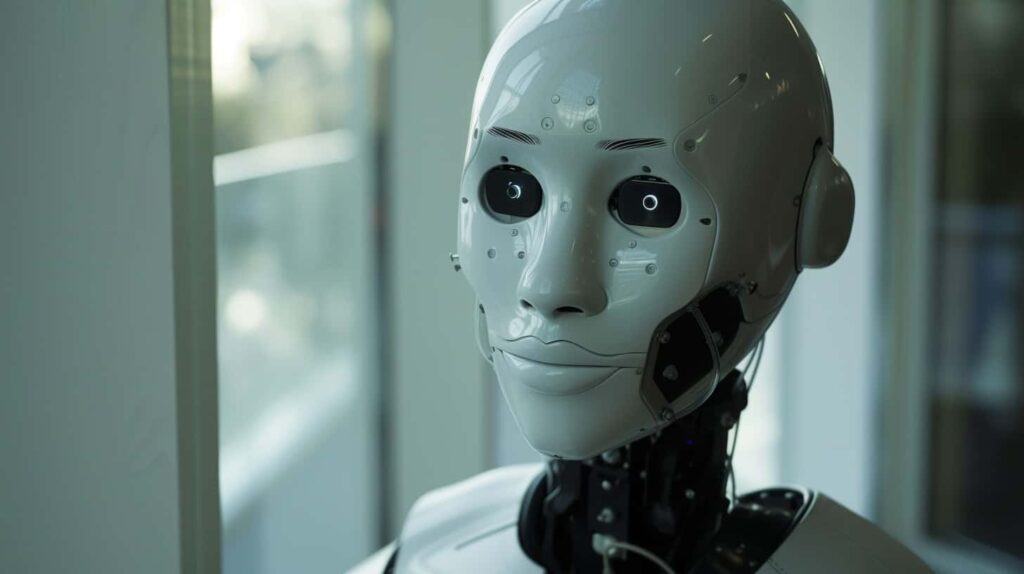
The Effects of AI Job Cuts on Workers
When workers are suddenly displaced by AI technology, they may experience a range of effects:
- Financial instability: With the loss of income, workers may struggle to meet their financial obligations and provide for themselves and their families.
- Emotional distress: Job loss can lead to feelings of sadness, anxiety, and low self-esteem, impacting mental well-being.
- Career uncertainty: Displaced workers may face challenges in finding new employment and may need to explore alternative career paths.
- Skills gap: Workers may require new skills or training to adapt to the evolving job market and secure future employment opportunities.
- Loss of purpose: The sudden loss of a job can leave workers feeling a sense of identity loss and purposelessness.
Addressing these effects requires a comprehensive approach that combines financial support, emotional counseling, and education and training programs to equip workers with the skills necessary for the jobs of the future.
The Importance of Supporting AI-Affected Workers
Recognizing the human impact of AI-induced layoffs and providing support for affected workers is not only ethically responsible but also beneficial for companies in the long run.
By assisting displaced workers through reskilling and upskilling programs, companies can foster loyalty, maintain positive employer branding, and develop a highly skilled workforce capable of adapting to the changing demands of the digital age.
Furthermore, supporting AI-affected workers strengthens social cohesion, reduces economic inequality, and contributes to a more inclusive and equitable society.
Ultimately, as AI technology continues to advance and reshape industries, it is crucial for companies, policymakers, and society as a whole to prioritize the well-being and future employability of workers to ensure a smooth and equitable transition into the AI-driven economy.
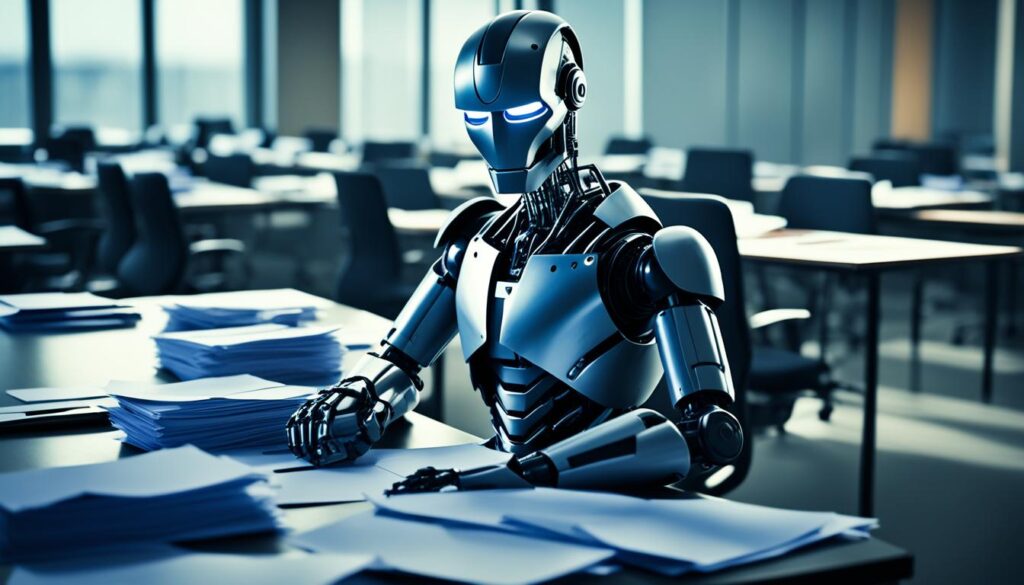
The Role of AI in the Future of Work
AI is set to revolutionize the future of work, bringing along both opportunities and challenges. While there may be concerns about job losses in certain areas, it’s important to recognize that AI has the potential to enhance and create new job roles as well. We’re entering an era where companies like Allstate Corp. are acknowledging the transformative power of AI in shaping the way work is done, especially in fields such as learning and development.
As AI technologies continue to advance, job roles will inevitably undergo significant transformations. Traditional tasks that were once time-consuming or mundane can now be automated, allowing workers to focus on more critical and complex responsibilities. This shift in job roles will require individuals to adapt and acquire new skills that are compatible with AI technology.
Furthermore, AI has the potential to create entirely new job categories that were previously unimaginable. With the ability to analyze vast amounts of data and identify intricate patterns, AI opens up opportunities for innovation and problem-solving across various industries. Job roles such as data scientists, AI engineers, and AI ethics specialists are emerging as the demand for expertise in AI grows.
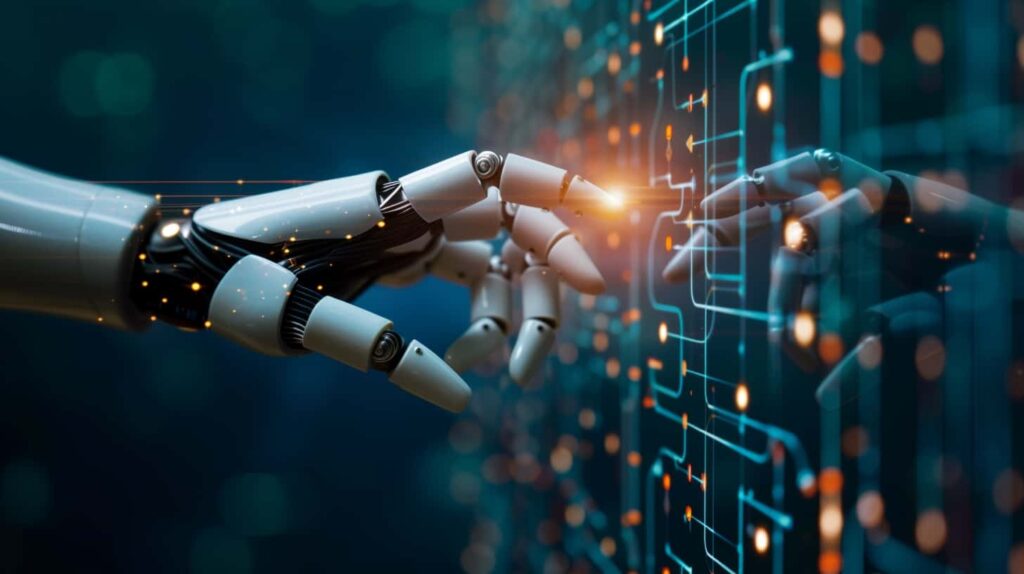
The Integration of AI in the Workforce
As AI becomes increasingly integrated into the workforce, organizations need to strategically navigate the adoption process. Integrating AI technologies effectively requires a comprehensive understanding of the specific needs and goals of the company. This includes identifying areas where AI can improve efficiency, enhance decision-making, and streamline processes.
One of the significant impacts of AI on job roles is the need for upskilling and reskilling. With the changes brought about by AI, workers will need to acquire new skills to interact effectively with AI systems and work collaboratively with AI-powered tools. Skills such as data analysis, critical thinking, and creativity will continue to be essential in this new AI-driven era.
“As AI technologies continue to advance, job roles will inevitably undergo significant transformations.”
Companies must also address potential ethical concerns associated with AI, such as data privacy, algorithmic biases, and the ethical use of AI applications. This requires establishing frameworks and guidelines that ensure responsible AI implementation and mitigate potential risks.
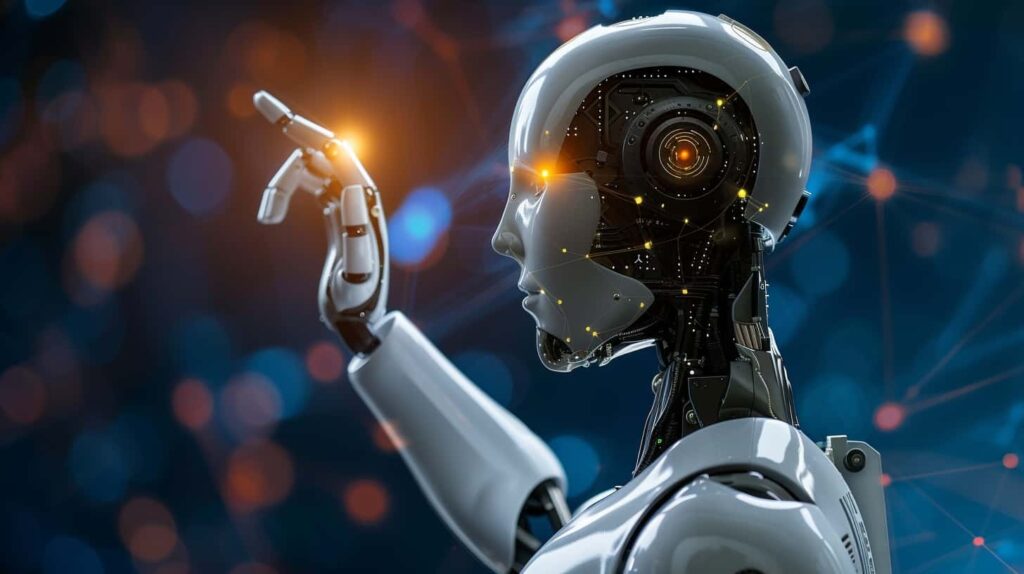
Ultimately, the successful integration of AI in the future of work will depend on how well organizations adapt to the changing landscape. By embracing AI technologies, companies can unlock new possibilities, empower their workforce, and drive innovation in a rapidly evolving digital era.

Conclusion
In conclusion, the impact of AI on job cuts is already evident, with the tech industry being particularly affected. While it is challenging to determine the exact number of AI-induced layoffs, companies like UPS and BlackRock have acknowledged the role of AI in their recent downsizing. This trend is expected to continue as businesses prioritize investments in AI technology for enhanced efficiency and innovation.
However, it is crucial to consider the human impact of these job cuts and the future implications of AI in the workforce. While AI may automate certain tasks, leading to job displacement in some areas, it also has the potential to enhance and create new job roles. Therefore, companies need to provide support and resources to affected workers, ensuring a smooth transition and opportunities for skill development.
Despite the layoffs, the demand for AI and machine learning skills is soaring, with 33,727 job openings in January 2024 alone, marking the highest monthly growth in a year. This indicates a shift in the job market towards more AI-centric roles, even as some positions are being eliminated. Overall, the transition towards AI and machine learning in various industries is reshaping the job landscape, leading to layoffs in some areas and creating new opportunities in others.
In summary, AI-induced job cuts are a reality that employees and companies must navigate. As AI continues to evolve and reshape various industries, a proactive approach that considers the human element is vital. By harnessing the power of AI while prioritizing the well-being and growth of their workforce, organizations can thrive in the age of technological advancements.
FAQ
What is the extent of AI-induced job layoffs?
The exact number of AI-induced job layoffs is difficult to determine, but companies like UPS and BlackRock have acknowledged the role of AI in recent layoffs. Overall figures are challenging to obtain, but there is a growing trend of companies focusing on AI and automation, leading to workforce reductions in certain areas.
How has AI impacted UPS and its workforce?
UPS, in its largest layoffs in history, attributed the restructuring partly to new technologies like AI. Machine learning technology has allowed salespeople at UPS to put together proposals without needing guidance from pricing experts, contributing to job cuts.
What is the connection between AI and BlackRock’s job cuts?
While BlackRock did not explicitly state that AI was the reason for their job cuts, they acknowledged the impact of new technologies, including AI, on the industry. This suggests that AI may have played a role in the restructuring efforts.
Why is it challenging to estimate the number of AI-induced job losses?
Estimating AI-induced job losses is difficult because many companies prefer not to make public announcements about these cuts. According to experts, publicly announced numbers are likely an undercount, and there are likely more jobs being cut due to AI than are being attributed to it in the media.
Can you provide examples of AI-driven job cuts?
Companies like IBM, Chegg, and Stack Overflow have made staff cuts after their businesses were directly undermined by AI products. These examples highlight how AI can lead to job displacement in various industries.
Why do some companies quietly reduce their headcounts due to AI?
Many companies prefer to silently reduce their headcounts to avoid negative public scrutiny and backlash. This approach allows them to gradually become leaner without making significant public announcements about AI-induced layoffs.
Which industries are most affected by AI-related job cuts?
The tech industry has seen significant job layoffs as companies prioritize investments in AI. Additionally, there have been job cuts in other sectors, such as retail and finance, as companies shift their focus to AI-enabled businesses.
What is the future outlook for AI-induced job losses?
Industry experts predict that the trend of AI-induced job losses will continue in the future as companies invest more in AI technology for efficiency and innovation. However, the impact of AI on employment is complex, with some jobs being replaced while others are enhanced or new roles are created.
What is the human impact of AI-induced job layoffs?
AI-induced job layoffs have a profound effect on workers, causing job insecurity and the need to adapt to new roles or acquire new skills. It is crucial to consider the human impact of AI-related job cuts and provide support for affected workers.
How will AI shape the future of work?
AI has the potential to transform workforces by enhancing existing job roles and creating new ones. While job losses may occur in some areas, AI can also drive efficiency and innovation, leading to new employment opportunities.
What is the conclusion on AI-induced job cuts?
AI-induced job cuts are a reality, with companies like UPS and BlackRock acknowledging the role of AI in their layoffs. While the exact figures are difficult to determine, the trend of AI-driven workforce reductions is expected to continue as companies prioritize AI technology. It is essential to consider the human impact and future implications of AI in the workforce.




